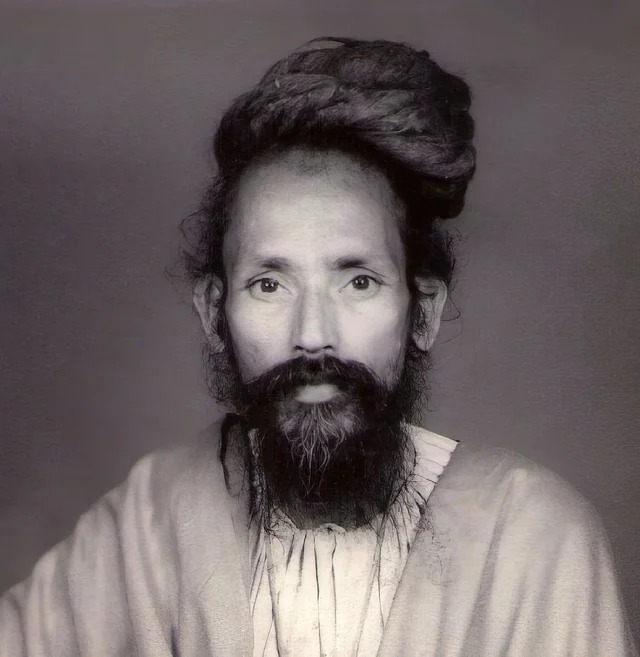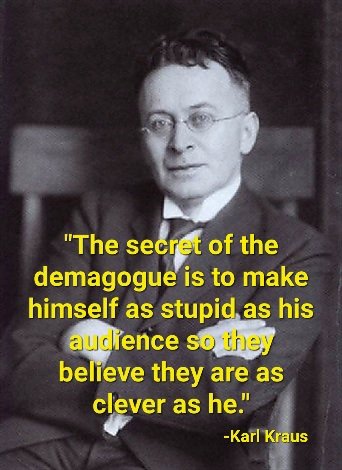Blog
Eddie Jones (December 10, 1926 – February 7, 1959 Greenwood, MS), known as Guitar Slim, was an American guitarist in the 1940s and 1950s, best known for the million-selling song “The Things That I Used to Do“, for Specialty Records. It is listed in the Rock and Roll Hall of Fame’s 500 Songs That Shaped Rock and Roll. Slim had a major impact on rock and roll and experimented with distorted tones on the electric guitar a full decade before Jimi Hendrix.
more...Ray Willis Nance (December 10, 1913 – January 28, 1976) was an American jazz trumpeter, violinistand singer. He is best remembered for his long association with Duke Ellington and his orchestra. Ellington hired Nance to replace trumpeter Cootie Williams, who had joined Benny Goodman, in 1940.Nance’s first recorded performance with Ellington was at the Fargo, North Dakota ballroom dance.Shortly after joining the band, Nance was given the trumpet solo on the earliest recorded version of “Take the “A” Train“, which became the Ellington theme. Nance’s “A Train” solo is one of the most copied and admired trumpet solos in jazz history. Indeed, when Cootie Williams returned to the band more than twenty years later, he would play Nance’s solo on “A Train” almost exactly as the original.
more...Once again I have secured the Percussion Chair for this Alien Plant Consuming production of LSOH by Theatre 55. Music supported by Shirley Mier, Lyra Olson, Jamie Carter and mick Bamboula. Along with my stellar vocalists Van Nixon & Patty Lacy. Awesome! 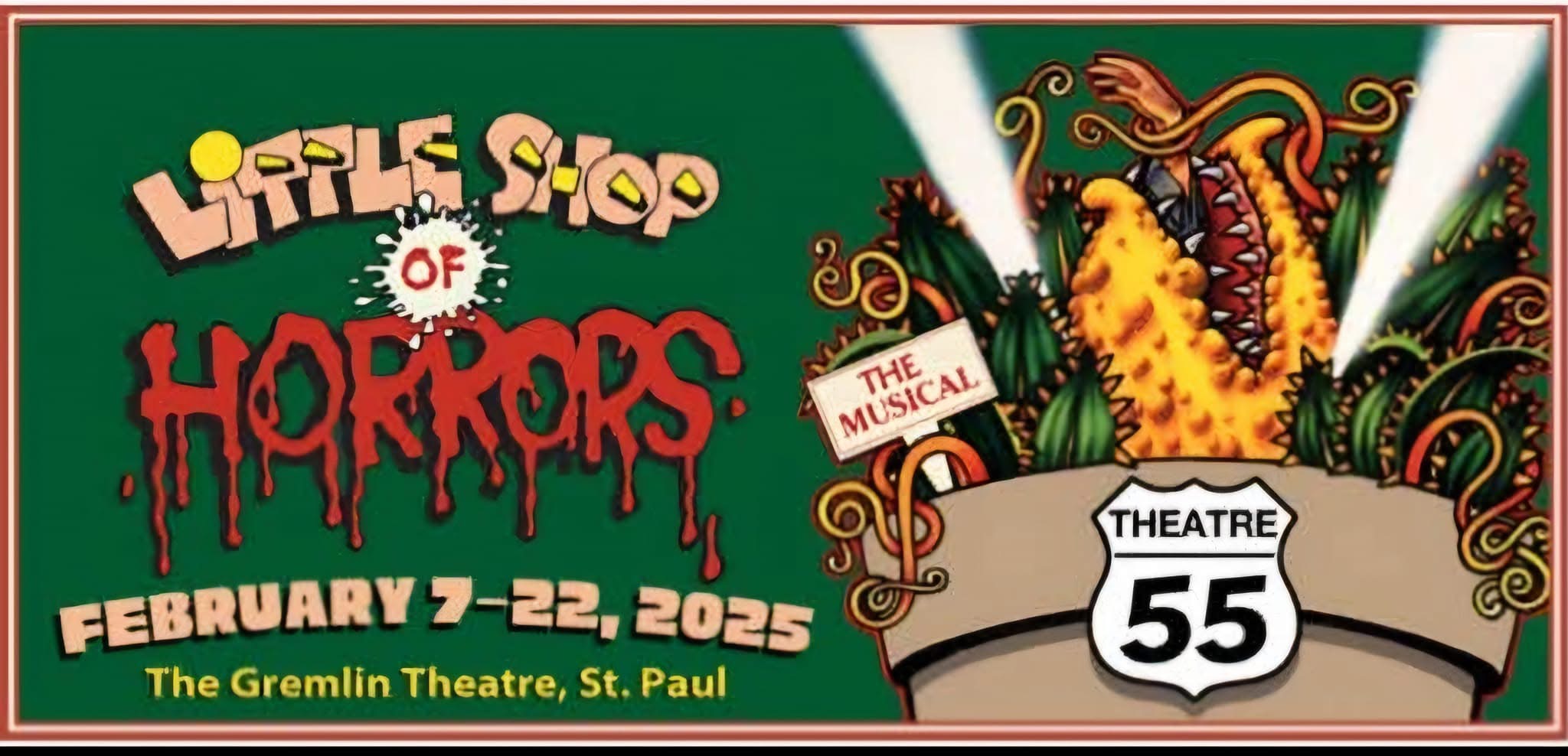
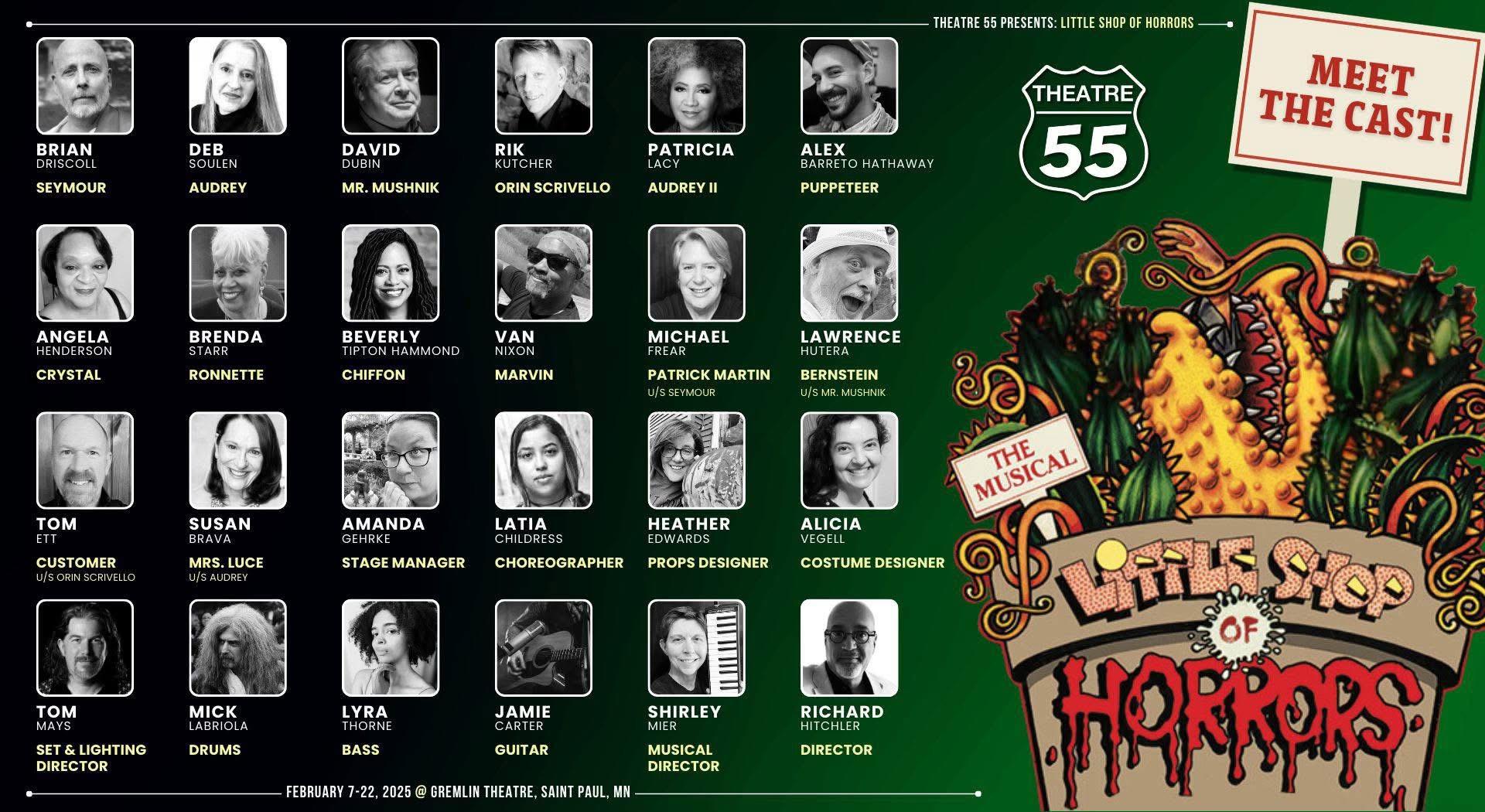
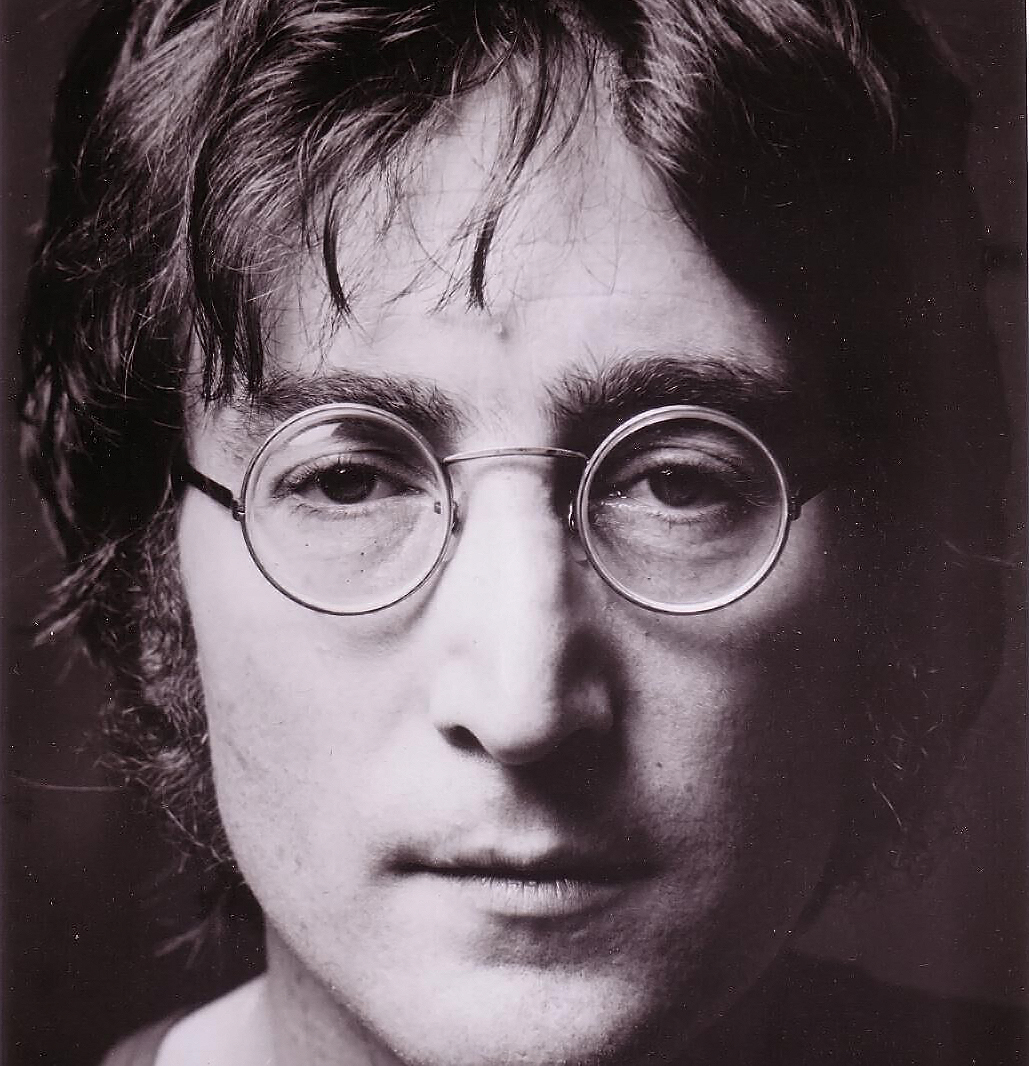
Sunday 12-8-24 3pm Alto Cumulous Clouds spotted due west from Webber Park in North Minneapolis.


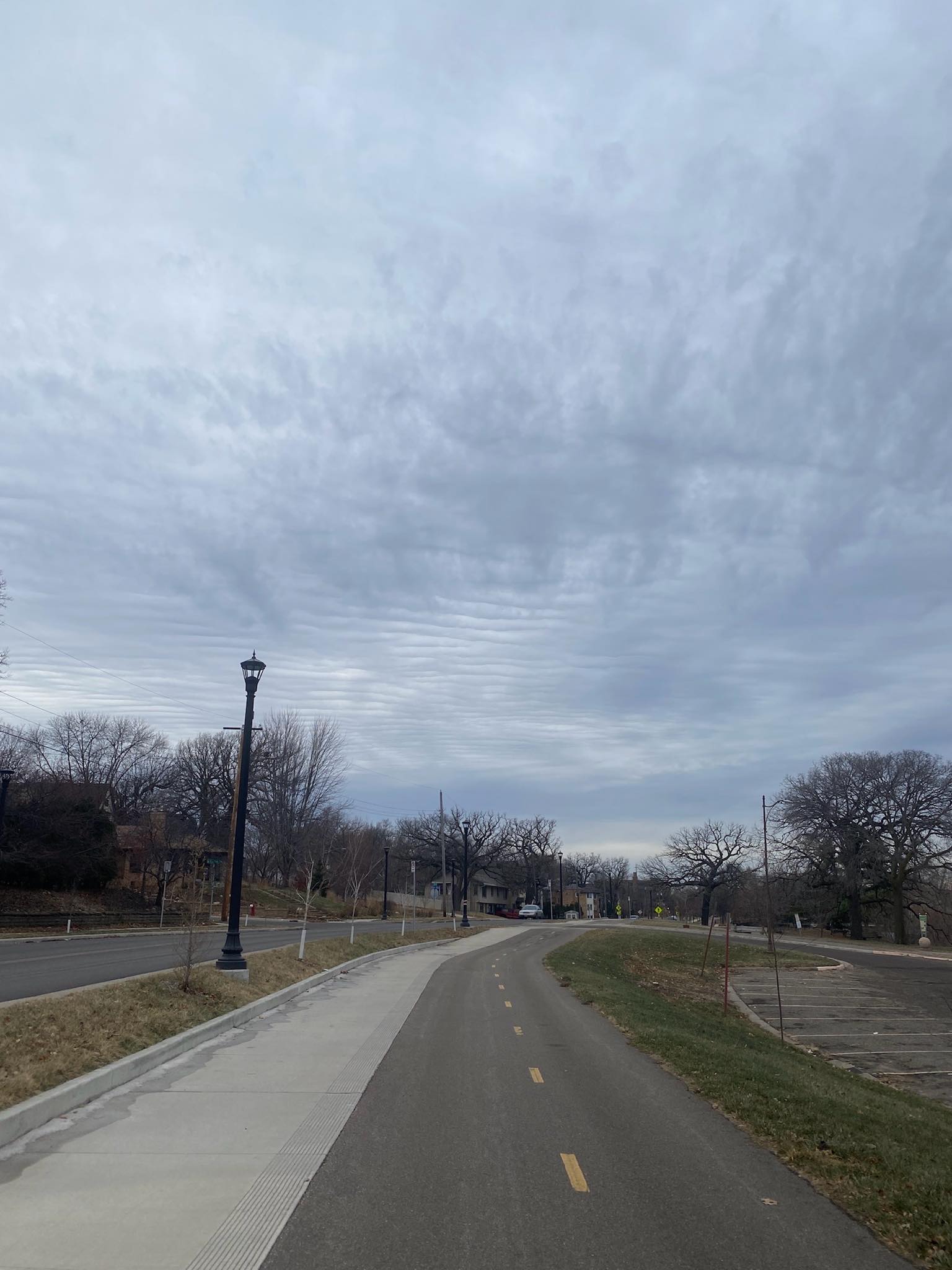
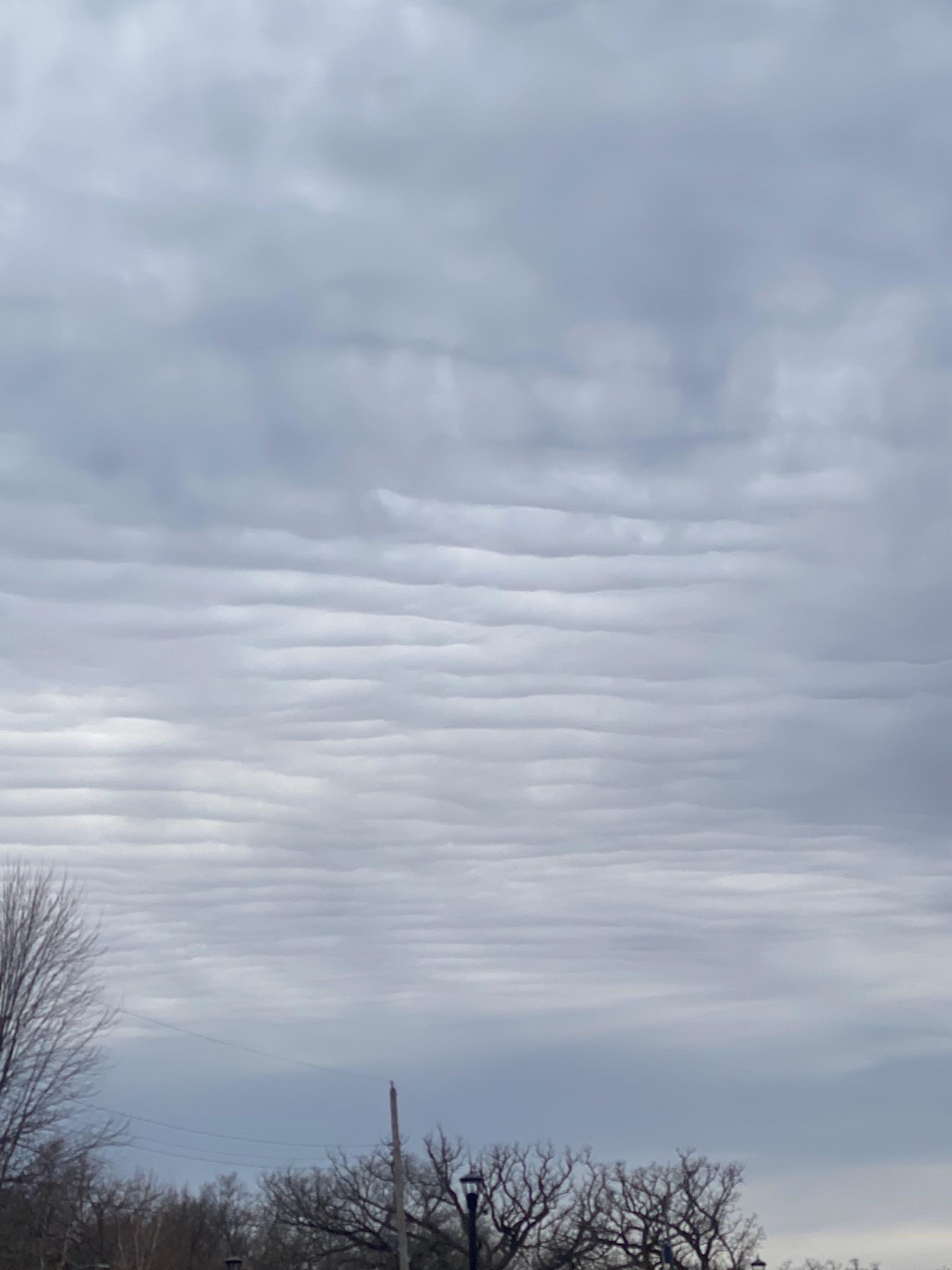
Located in the Centaurus constellation, this gas cloud is part of the giant Running Chicken Nebula. Some people see it as the head of the chicken, others see the chicken’s rear end. But as much as scientists love fun names for nebulae, they are often not very conducive to clear communication in an international field like astronomy. That is why this nebula is formally known by two names that sound, well… a little less funky. In 1955, Australian astronomer Colin Stanley Gum made an inventory of 84 emission nebulae in the southern sky: the Gum catalog. This one is known, quite dryly, as Gum 40. Long before Gum, in 1888, Danish astronomer John Louis Emil Dreyer had already compiled the ambitious New General Catalogue of Nebulae and Clusters of Stars (NGC), an index of 7840 astronomical objects such as galaxies, star clusters and emission nebulae like this one. Dreyer later added two Index Catalogues (IC) to his work, describing another 5386 celestial objects. This nebula was labelled IC 2872. The NGC is still used today: it got its most recent update in 2019, with 13 957 new objects. This image of IC 2872 — or Gum 40, the chicken head or whatever nickname you might wish to give it — was captured by the VLT Survey Telescope (VST), hosted at ESO’s Paranal Observatory in Chile. As telescopes and instruments keep getting better, more and more deep-sky objects are discovered, so the lists and catalogues will never be complete. But that shouldn’t keep us from trying to compile them — or making up fun nicknames, right?
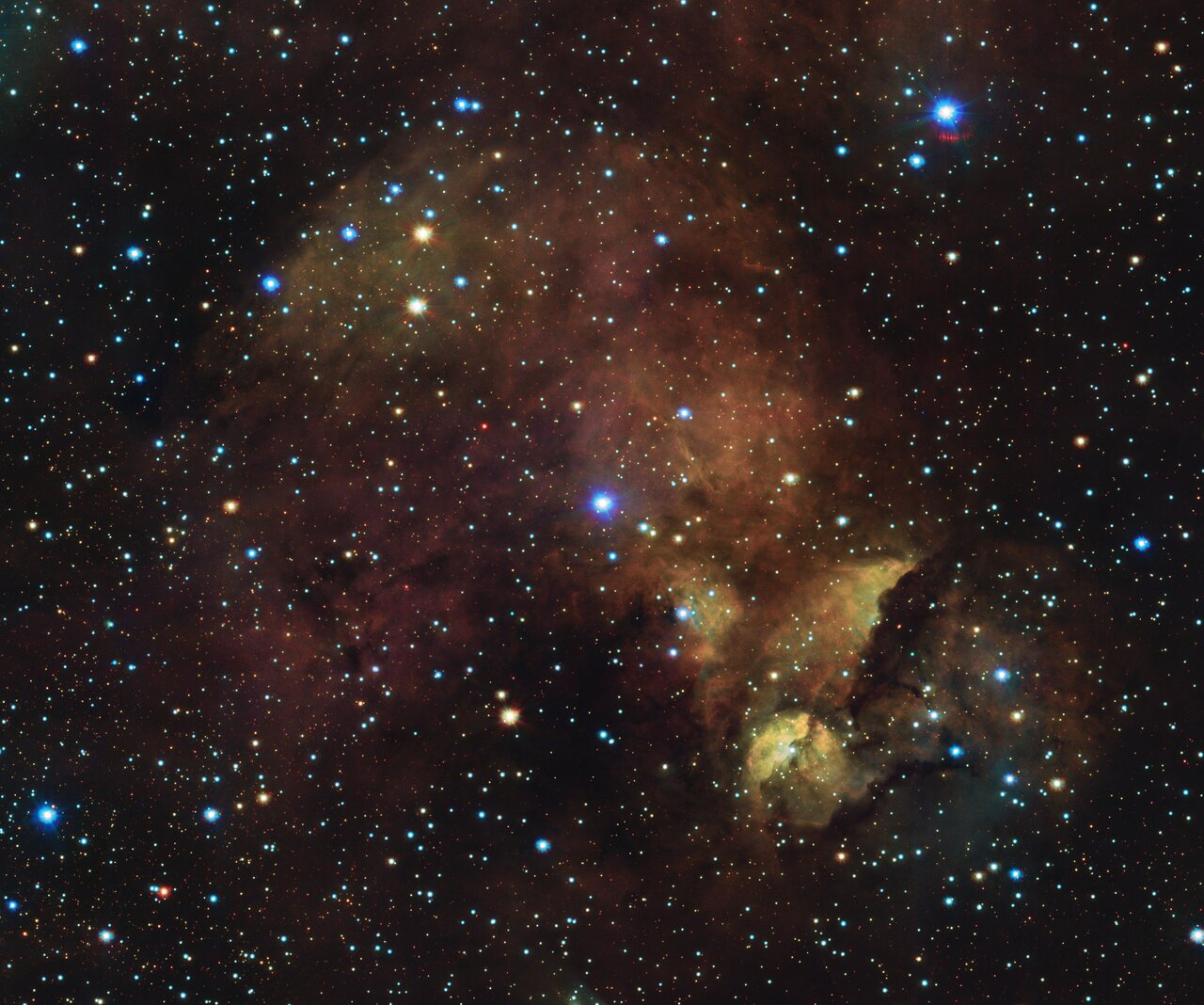
Joan Anita Barbara Armatrading CBE (born 9 December 1950) is an English singer-songwriter and guitarist. Her first major commercial success came with her third and fourth albums, Joan Armatrading (1976) and Show Some Emotion (1977), and she continues to play live and record studio albums. A three-time Grammy Award nominee, Armatrading has also been nominated twice for BRIT Awards as Best Female Artist. She received an Ivor Novello Award for Outstanding Contemporary Song Collection in 1996.
Joan Anita Barbara Armatrading, the third of six children, was born in 1950 in the town of Basseterre in what was then the British colony of Saint Christopher and Nevis.
more...Daniel Ivan Hicks (December 9, 1941 – February 6, 2016 Little Rock, AK) was an American singer-songwriter and musician, and the leader of Dan Hicks and His Hot Licks. His idiosyncratic style combined elements of cowboy folk, jazz, country, swing, bluegrass, pop, and gypsy music. He is perhaps best known for the songs “I Scare Myself” and “Canned Music”. His songs are frequently infused with humor, as evidenced by the title of his tune “How Can I Miss You When You Won’t Go Away?” His album Live at Davies (2013) capped over forty years of music.
Writing about Hicks for Oxford American in 2007, critic David Smay said, “[T]here was a time from the ’20s through the ’40s when swing—’hot rhythm’—rippled through every form of popular music. That’s the music Dan Hicks plays, and there’s no single word for it because it wasn’t limited to any one genre. Django Reinhardt and the Mills Brothers and Spade Cooley and Hank Garland and the Boswell Sisters and Stuff Smith and Bing Crosby all swing. You can make yourself nutty trying to define what Dan Hicks is. Then again, you could just say: Dan Hicks swings.”
more...Jessie Hill (December 9, 1932 – September 17, 1996) was an American R&B and Louisiana blues singer and songwriter, best remembered for the classic song “Ooh Poo Pah Doo“.
Hill was born in New Orleans, Louisiana, United States. By his teens he was playing drums in local bands, and in 1951 he formed his own group, the House Rockers. After periods performing as drummer with Professor Longhair and then Huey “Piano” Smith, Hill formed a new version of the House Rockers in 1958, which enabled him to focus on singing with the band. He is the grandfather of James and Troy Andrews.
The origins of “Ooh Poo Pah Doo” were apparently created from a tune played by a local pianist, who was known only as Big Four. Hill wrote the lyrics and melody, later expanding the work with an intro taken from Dave Bartholomew. It was further honed on stage, before Hill recorded a demo that he shopped to local record labels, finally recording a session at Cosimo Matassa‘s studio produced by Allen Toussaint.
Upon its 1960 release on Minit Records, “Ooh Poo Pah Doo” emerged as a favorite at Mardi Gras, selling 800,000 copies and reaching #3 on the Billboard R&B chart and No. 28 in the Billboard Hot 100 pop chart. There have been over 100 cover versions of “Ooh Poo Pah Doo” recorded and performed live over the years by other popular musicians, most notably The Shirelles and Ike and Tina Turner.
His follow-up “Whip It On Me” reached No. 91 on the Billboard Hot 100 in 1960. Further recordings in New Orleans were less successful, and he moved to California to work with fellow New Orleans musiciansincluding Harold Battiste and Mac Rebennack. In this period, he wrote songs recorded by Ike and Tina Turner, Sonny and Cher, and Willie Nelson.
A 1972 solo album was unsuccessful, and he began to suffer financial difficulties exacerbated by a drinking problem. These problems continued after his return to New Orleans in 1977, and several benefit gigs did little to revive his personal or professional fortunes.
more...Donaldson Toussaint L’Ouverture Byrd II (December 9, 1932 – February 4, 2013 Detroit, MI) was an American jazz and rhythm & blues trumpeter and vocalist. A sideman for many other jazz musicians of his generation, Byrd was one of the few hard bop musicians who successfully explored funk and soul while remaining a jazz artist. As a bandleader, Byrd was an influence on the early career of Herbie Hancock and many others.
more...Junior Wells (born Amos Wells Blakemore Jr.; December 9, 1934 – January 15, 1998 West Memphis, TN) was an American singer, harmonica player, and recording artist. He is best known for his signature song “Messin’ with the Kid” and his 1965 album Hoodoo Man Blues, described by the critic Bill Dahl as “one of the truly classic blues albums of the 1960s”. Wells himself categorized his music as rhythm and blues.
Wells performed and recorded with various notable blues musicians, including Muddy Waters, Earl Hooker, and Buddy Guy. He remained a fixture on the blues scene throughout his career and also crossed over to rock audiences while touring with the Rolling Stones. Not long before Wells died, the blues historian Gerard Herzhaft called him “one of the rare active survivors of the ‘golden age of the blues'”.
more...The Hubble Space Telescope and the Cassini spacecraft monitored Saturn’s North Pole simultaneously during Cassini’s final orbits around the gas giant in September 2017. During this time, Saturn‘s tilt caused its North Pole to be clearly visible from Earth. The featured image is a composite of ultraviolet images of auroras and optical images of Saturn’s clouds and rings, all taken by Hubble. Like on Earth, Saturn’s northern auroras can make total or partial rings around the pole. Unlike on Earth, however, Saturn’s auroras are frequently spirals — and more likely to peak in brightness just before midnight and dawn. In contrast to Jupiter’s auroras, Saturn’s auroras appear better related to connecting Saturn’s internal magnetic field to the nearby, variable, solar wind. Saturn’s southern auroras were similarly imaged back in 2004 when the planet’s South Pole was clearly visible to Earth. 896 million miles distant.
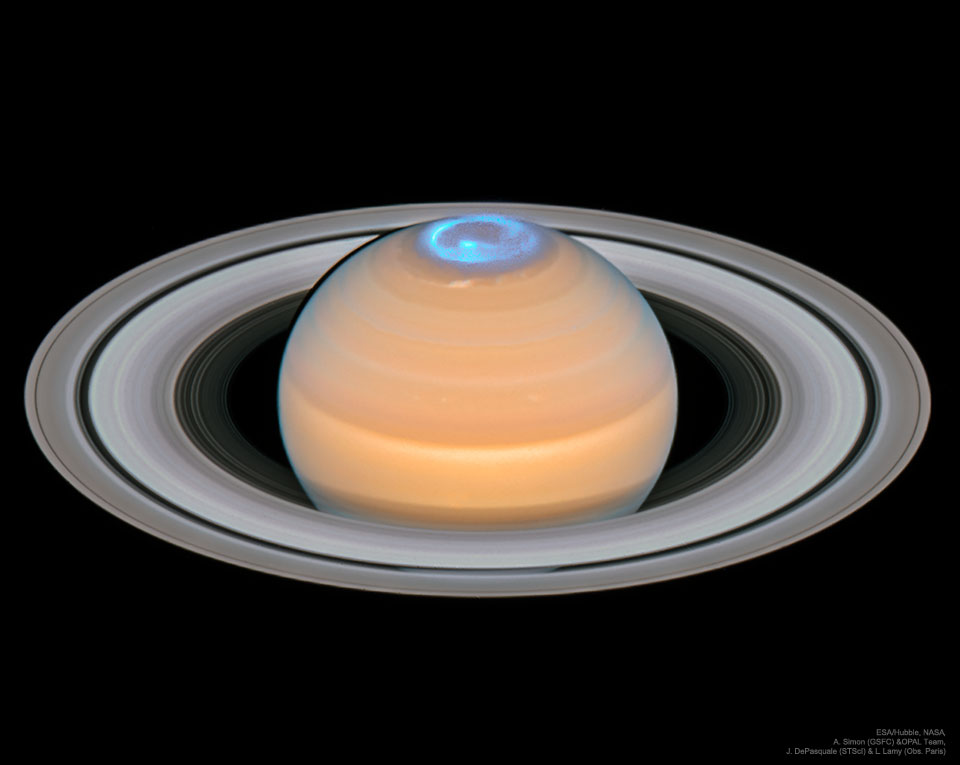
more...
More Posts
- Ed Cherry
- Harmonica Frank
- Tubby Hall
- World Music ONE FOR ISRAEL
- Daily Roots Keith Hudson
- Cosmos NGC 1097
- Lester Bowie
- Billy Higgins
- Art Blakey
- World Music Madhuvanti Pal
- Daily Roots Earl China Smith
- Cosmos NGC 4565
- Ed Volker
- John Prine
- Junior Mance
- Thelonious Monk
- World Music Travieso Aventura
- Daily Roots Eyes Alive
- John Lennon Day
- Rhythm Roots Workshop @ St Therese Senior Communities
